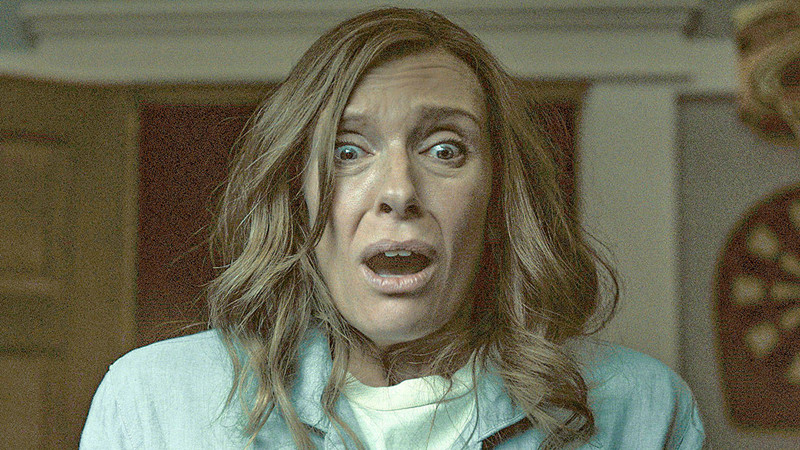
As spooky season creeps up on us once again, we’ve decided to help you embrace the Halloween spirit by putting together the very best the horror genre had to offer since 2000. Into the new millennium, a long list of talented young filmmakers has put their stamp on what not that long ago appeared to be a watered-down genre on its last legs. And though it’s easy to bemoan the current trend of vapid sequels, focus-tested gore-fests, and predictable jump-scares that has become endemic in our multiplexes, once you dig a little deeper beyond the boilerplate stuff, you’ll realize we’ve been spoiled for choice.
Horror comes in different shapes and forms, and we tried to touch on all the tropes: supernatural shockers, Giallo-inspired slashers, J-horror ghost stories, actually-good remakes, biting political allegories, and all the gems in-between. That means we had to lay down a few ground rules in the interest of fairness and keeping things diverse, so before you yell at your computer screen because your favorite movie isn’t down below, know that a director could only be represented once (that means no ‘Midsommar’ and ‘Us’) and no spoofs were allowed (sorry, ‘Shaun of the Dead’ fans!).
Not all the entries in this list strictly abide by the standard genre norms, but all 20 are guaranteed to make the hairs on the back of your neck stand on end. And as a little extra treat, we’ve included additional recommendations for every film so you can add even more to your Halloween binge.
20. Let the Right One In (Tomas Alfredson, 2008)
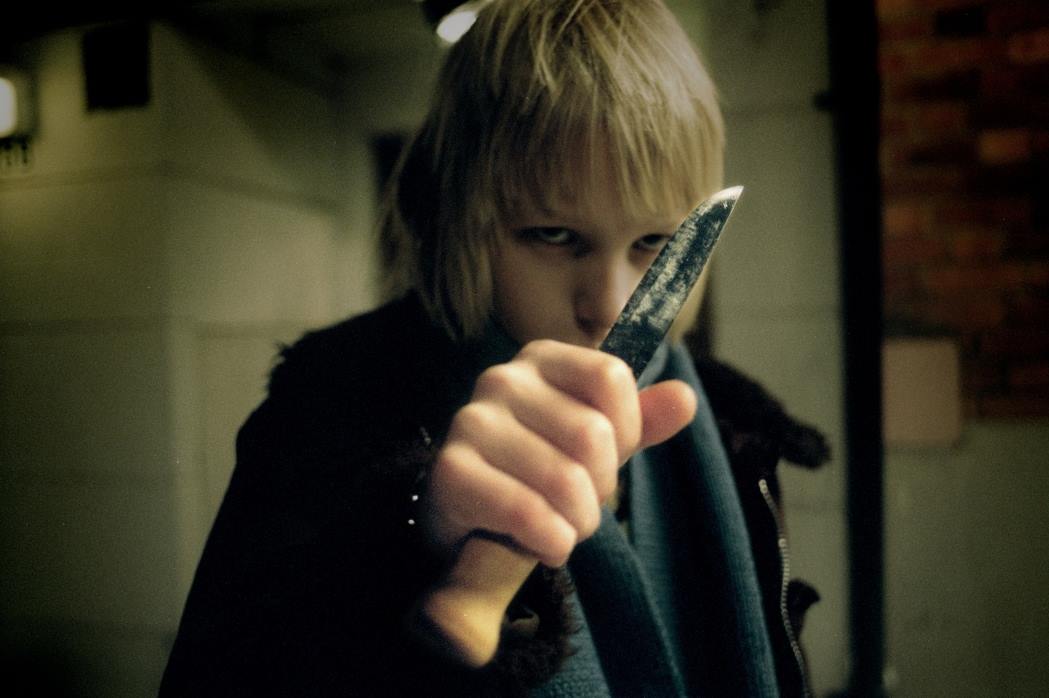
As much a horror film as a deeply affecting exploration of friendship and adolescent loneliness, ‘Let the Right One In’ presents vampirism as a proxy for social exclusion rather than some irredeemable evil, updating it for a contemporary age in a way few do.
Set against the chilly backdrop of wintry Stockholm, this Swedish film splits its focus between two social misfits who find refuge in each other’s company. Oskar, an introverted and perpetually bullied 12-year-old kid, finds a kindred spirit and unlikely ally in Eli, a young vampiress with a tender heart who just moved in next door. The film navigates this relationship with delicacy and rare insight, while providing all the gory, blood-sucking thrills one has come to expect in films of this ilk.
Recommended Viewing: The Addiction (1995), Thirst (2009), Only Lovers Left Alive (2013).
19. The Devil’s Backbone (Guillermo del Toro, 2001)
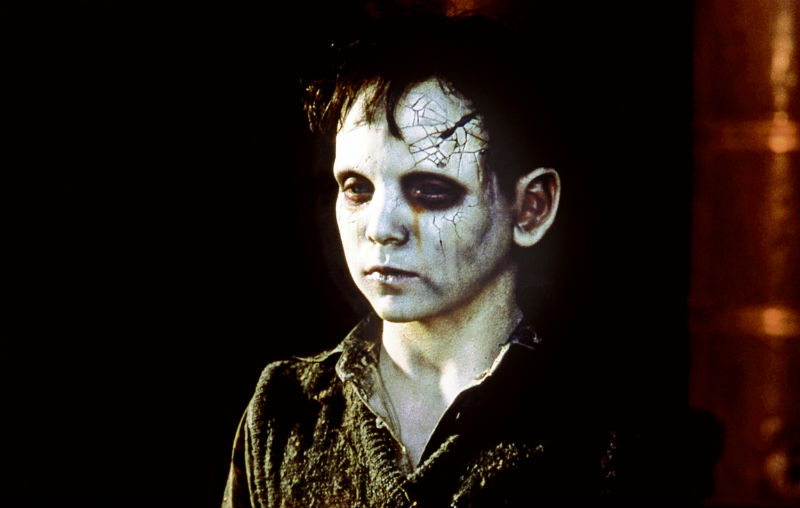
Set five years before the events of ‘Pan’s Labyrinth’, this gothic ghost story similarly transposes the real world’s tragedy with supernatural fantasy in Guillermo del Toro’s first probing into the horrors of the Spanish Civil War.
Told from the perspective of a 12-year-old orphan who arrives at a remote orphanage during wartime, ‘The Devil’s Backbone’ very much feels like a companion piece to the 2006 bittersweet fairy-tale, though not least ambitious for its resemblance and shared language. Del Toro’s uncanny vision and evocative storytelling is in full display here, drawing on the dingy reality of an impoverished countryside ravaged by war and the childlike wonder of those doomed to live through it.
Recommended Viewing: Pan’s Labyrinth (2006), The Orphanage (2007), Coraline (2009).
18. Funny Games (Michael Haneke, 2007)
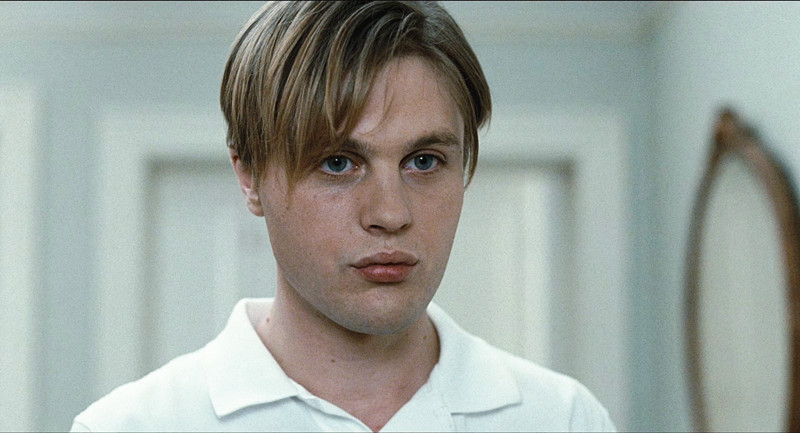
‘Funny Games’ isn’t a movie you recommend to someone so much as one you inflict on them. The story of a bourgeoisie family who’s brutally attacked by a pair of sadistic psychopaths, it is an unforgiving film that toes the line of miserabilism almost to a morally reprehensible degree — putting its characters through the wringer and chastising the audience for pleasurably spectating the carnage through their screens.
When approached by American studios about a potential English remake of his 1997 film of the same name, Austrian iconoclast Michael Haneke figured he was the best man for the job and orchestrated a shot-for-shot faithful recreation a decade later. Those familiar with the original can look forward to Naomi Watts’ best turn since ‘Mulholland Drive’. The newbies on other hand, will have a hard time shaking this blistering jolt of existential terror out of their systems.
Recommended Viewing: Salò, or the 120 Days of Sodom (1975), Funny Games (1997), Us (2019).
17. The Wolf House (2018, Cristóbal León & Joaquín Cociña)
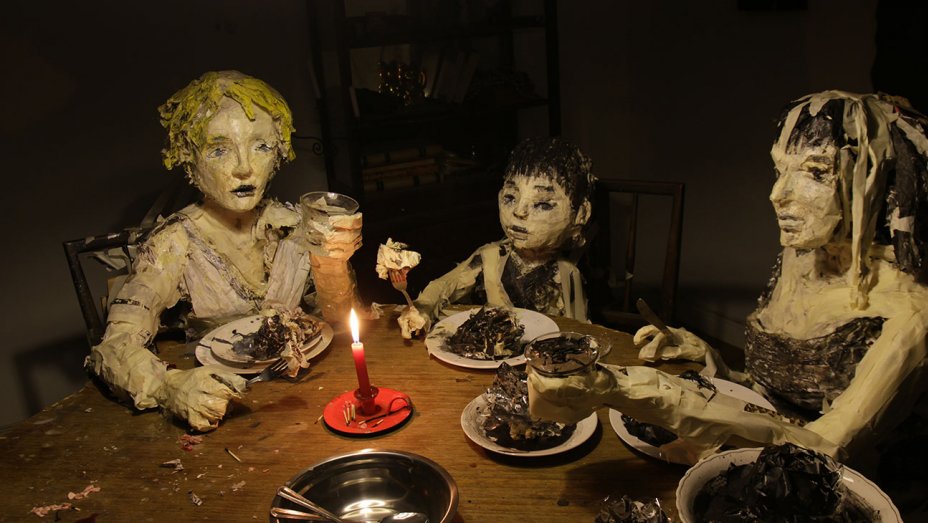
The evil specters of the past continue to haunt and ripple through this wonderfully warped Chilean stop-motion animated horror. Clocking in at a breezy 75 minutes, ‘The Wolf House’ tells the dark story of a traumatized young woman who seeks shelter in a secluded house after barely escaping from a malevolent German sect. The film is inspired by the real-life Colonia Dignidad, which was founded by the notorious Nazi fugitive Paul Schäfer, growing in notoriety during Pinochet’s dictatorship as a key enclave for war dissidents in the aftermath of WWII.
Both as a bravado act of political activism and an insurmountable feat in animation, ‘The Wolf House’ is a high-water mark in modern horror. Despite flying under the radar for the past few years, it’s only a matter of time until it becomes a word-of-mouth classic.
Recommended Viewing: The Cremator (1969), House (1977), Alice (1988).
16. The Host (Bong Joon-ho, 2006)
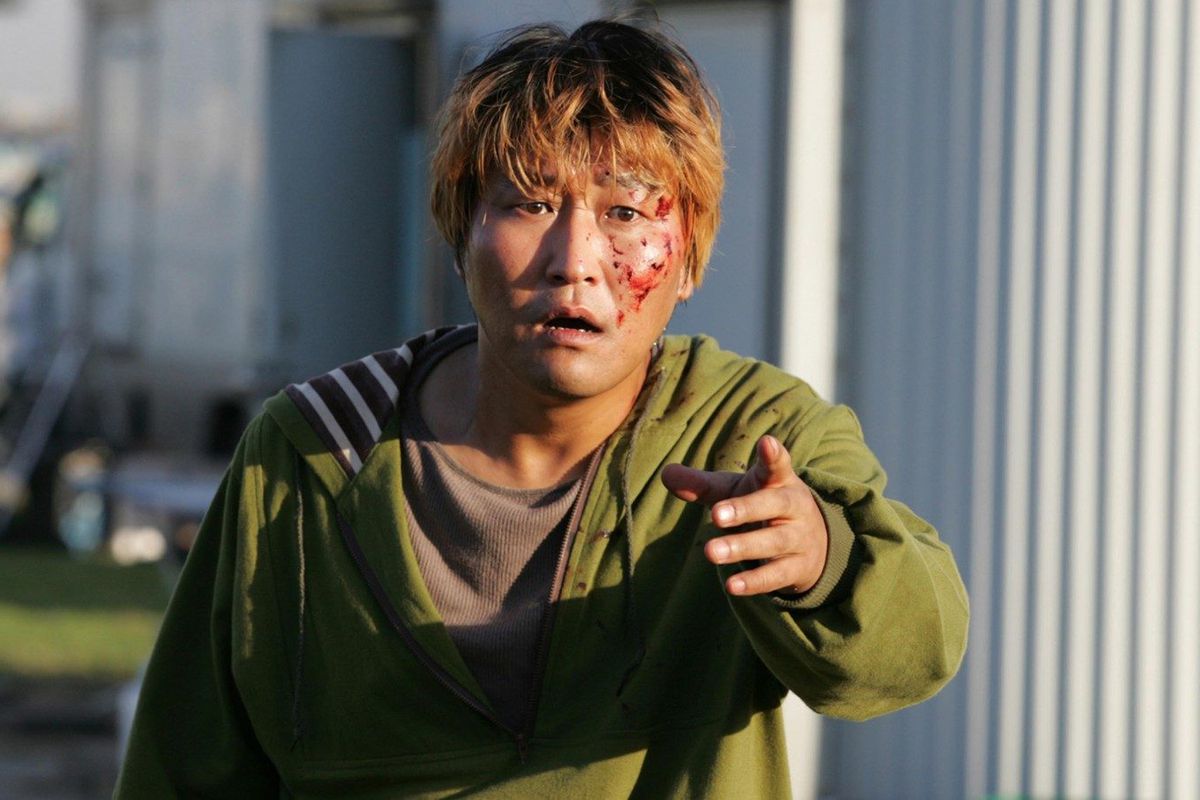
Long before ‘Parasite’ broke all records in the history books and jettisoned him to international prominence, Korean maestro Bong Joon-ho was already making rounds in his homeland with gloriously irreverent political parables. On a surface level, ’The Host’ is a delightfully entertaining monster flick with enough thrills and scares to satisfy any horror enthusiast. However, in typical Bong-ian fashion, it’s also much more than that.
The film uses its monster set-up to cast an unwavering eye on the failed leadership and bureaucratic incompetence responsible for the real-life incident that inspired it, in which the U.S. military dumped gallons of toxic waste down the drain and to the Han River. Expect the excruciating attention to detail, first-class craftsmanship and shrewd social commentary that Bong Joon-ho has accustomed us to.
Recommended Viewing: Godzilla (1954), Tremors (1990), Train to Busan (2016).
15. Suspiria (Luca Guadagnino, 2018)
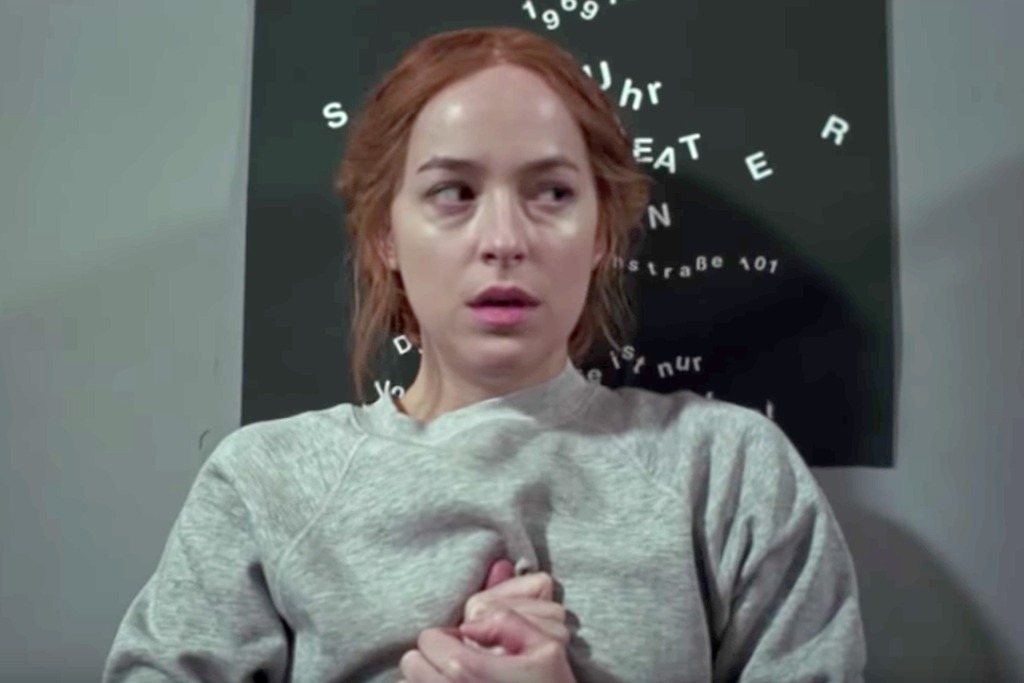
Considering Hollywood’s dismal track record when it comes to milking iconic IP’s that should be best left alone, one can’t fault audiences for greeting the news of a ‘Suspiria’ remake with a healthy dose of skepticism. Fortunately, contrary to recent efforts (‘The Wicker Man’, ‘Poltergeist’ and ‘Carnival of Souls’ come to mind), Luca Guadagnino avoided the common pitfalls of these futile endeavors by taking the source material in a surprisingly bold direction while echoing the mysticism that made us fall in love with the classic Giallo in the first place.
The broad strokes stay the same, with a young American dancer (Dakota Johnson) arriving at the world-famous but sinister Helena Markos Dance Company in ’70s Berlin. But within that framework, the 2018 ‘Suspiria’ breathes new life into the world rather than sucking all the air out of it. Though we’re not going to argue that it should be mentioned in the same breath as Dario Argento’s rendition — after all, if it ain’t broke, why fix it? — but this is the rare breed of a remake that thoroughly stands on its own.
Recommended Viewing: Haxan (1922), Suspiria (1977), The Neon Demon (2016).
14. Raw (Julia Ducournau, 2016)
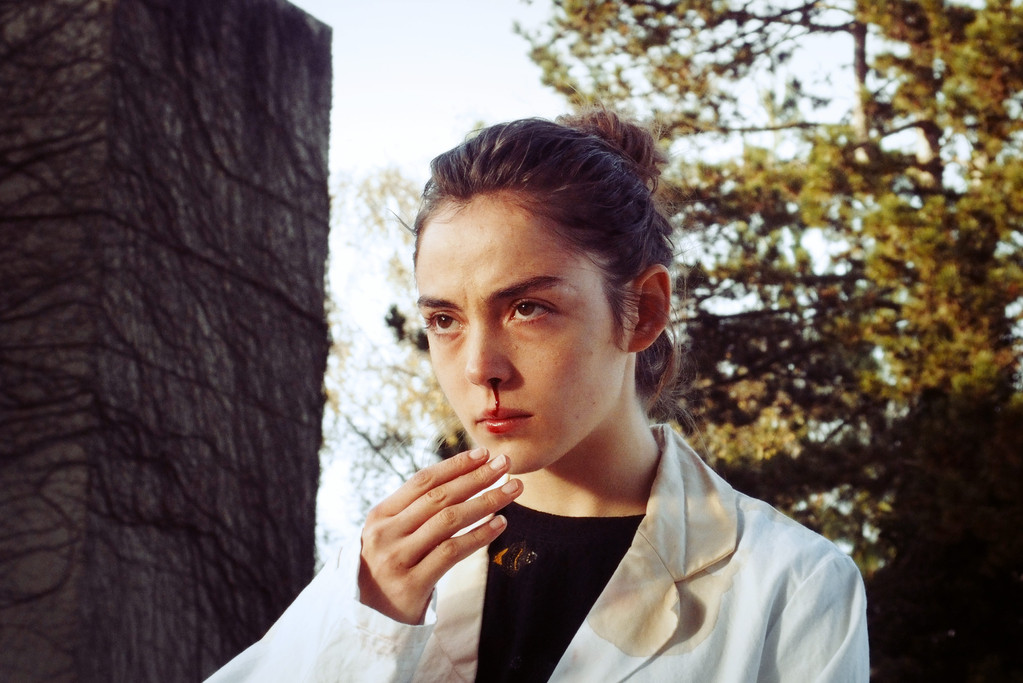
Cannibalism and the growing pains of early adulthood fuse together in this radical, and gloriously irreverent new take on the coming-of-age story. Teeming with moments that will cling to you like barnacles for the rest of your life, Julia Ducournau’s incendiary debut follows Justine, a meek vegetarian college student who catches an insatiable craving for flesh after heading off to vet school — a gruesome awakening that involves everything from raw rabbit to severed bits of human bodies.
Taking a cue from David Cronenberg’s body-horror classics, the first-time French director uses this juicy set-up to make salient points about intergenerational trauma, social prejudice, and peer pressure through a refreshing female perspective. Though ‘Raw’ is cut from the same cloth as ‘Titane’, calling the film a test-run for the 2021 Palme d’Or winner would be selling it short. In any case, you’ll need a strong stomach for this ride.
Recommended Viewing: Rabid (1977), A Girl Walks Home Alone at Night (2014), Titane (2021).
13. I Saw the Devil (Kim Jee-woon, 2010)
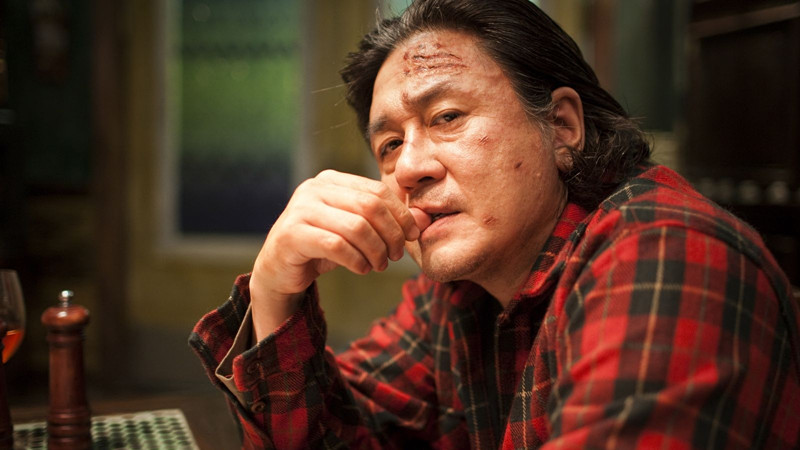
The predator becomes the prey in this intricately woven and ultra-stylized morality play after a secret service agent (Lee Byung-hun) decides to track down the sadistic serial killer (Oldboy’s Choi Min-sik) that murdered his pregnant wife.
‘I Saw the Devil’ takes an overtly familiar cat-and-mouse game set up many steps further — unleashing an unforgiving onslaught of violence that slowly dissolves the boundaries between good and evil. As we watch our scornful vigilante leave no stone unturned in his elaborate quest for vengeance, we begin to realize how deep the director is prepared to burrow into the pit of human misery — dwelling on the emptiness of his endeavor and bluntly illustrating the brutality humans are capable of. As long as you have the stomach for it, this film will give you a lot to chew on.
Recommended Viewing: A Tale of Two Sisters (2003), Oldboy (2003), Prisoners (2013).
12. The Killing of a Sacred Deer (Yorgos Lanthimos, 2017)
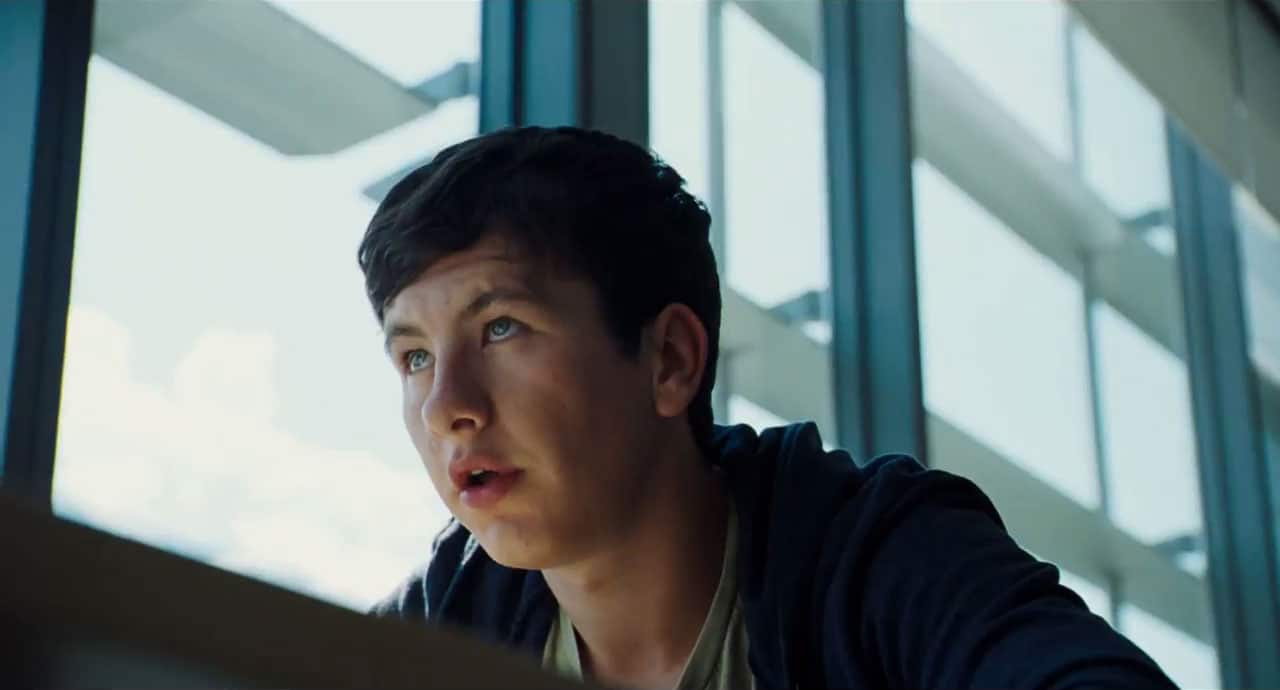
The work of Greek provocateur Yorgos Lanthimos very seldom fit into the mold of any established criteria. Treading the line between pitch-black comedy, full-blown surrealism, and high-concept genre mash-up, ‘The Killing of a Sacred Deer’ plunges viewers into the dizzying depths of family strife in a domestic drama that quickly curdles into nightmare fuel.
Finding its roots in an ancient Greek tragedy, the film transpires in a seemingly idyllic household where things take a dark turn after the family’s patriarch and renowned cardiac surgeon befriends the teenage son of a patient who died during one of his surgeries. Steep in unsettling atmosphere, cluttered symbolism, and macabre violence, ‘Sacred Deer’ refuses to let viewers off the hook, digging its claws into them before going straight to the jugular with a blood-curling climax that will give you chills for years to come.
Recommended Viewing: Audition (1999), Antichrist (2009), Borgman (2013).
11. Pulse (Kiyoshi Kurosawa, 2001)
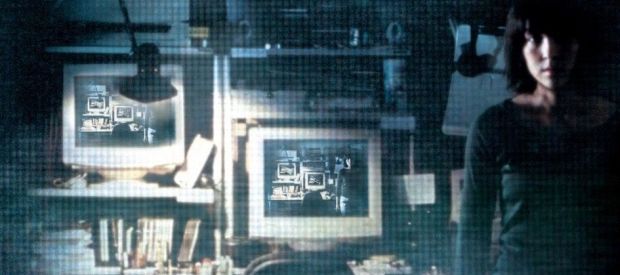
As the internet became more closely linked with our identities, not only as a source of information but as a digital realm where we exist and live every day, many films at the dawn of the new millennium tried to capture the infinite (and terrifying) possibilities that came with it. Japanese maestro Kiyoshi Kurosawa carved a perfect niche for himself in early-aughts cinema with ‘Pulse’, a digital ghost story way ahead of its time that ponders on the all-pervasive presence of technology in our lives.
‘Serial Experiments Lain’ may have set the stage for this kind of cautionary fables, but this film burned that sub-genre to the ground. ‘Pulse’ is as close as cinema can get to encompassing the all-consuming dread of existential isolation in the age of interconnectivity. If the moody atmosphere and masterful build-up isn’t enough to send shivers down your spine, its chillingly prescient message will.
Recommended Viewing: Serial Experiments Lain (1998), Suicide Club (2001), Creepy (2016).